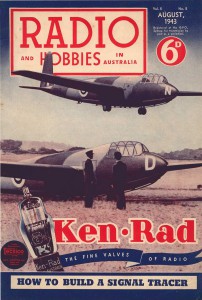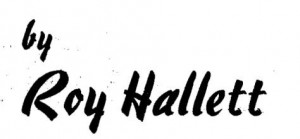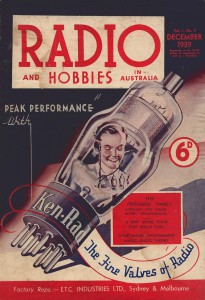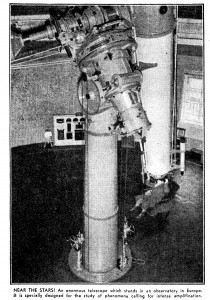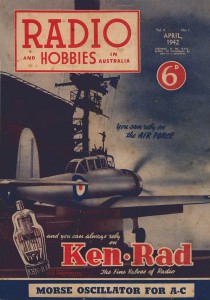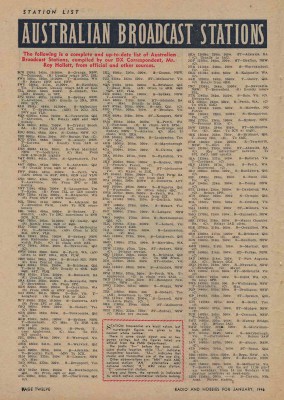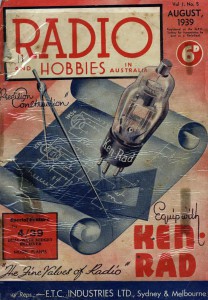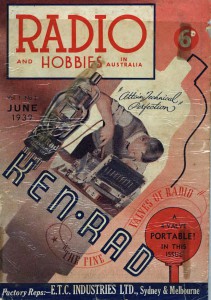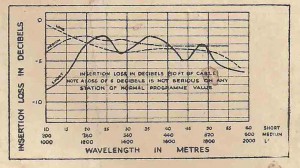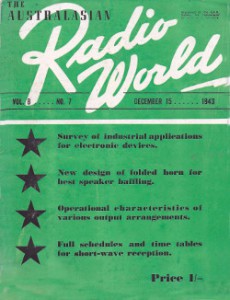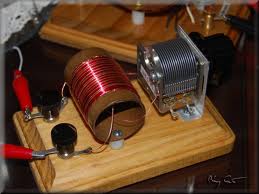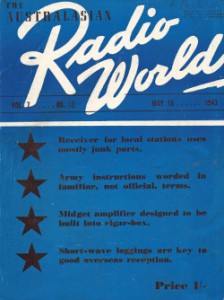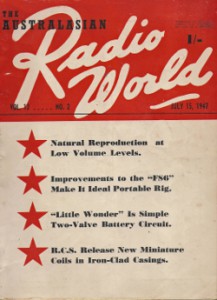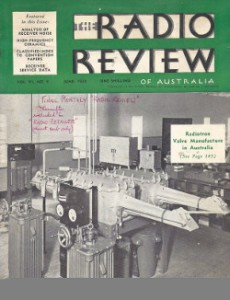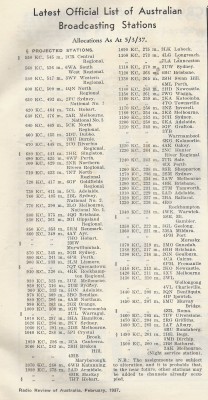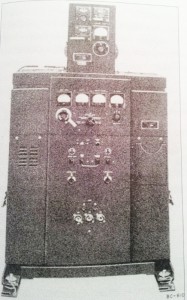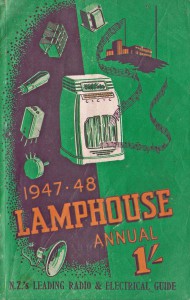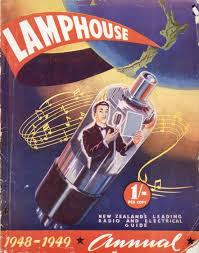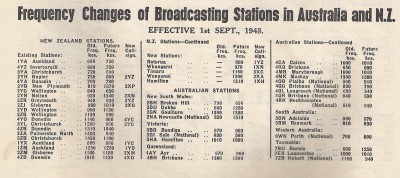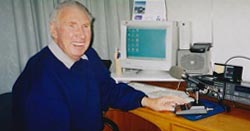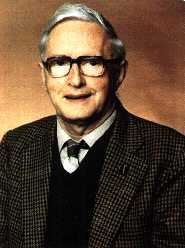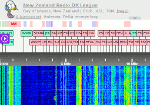
Flag of the Red Cross (Photo credit: Wikipedia)
Red Cross and New Zealand Radio DX League member Peter Grenfell from Oamaru was kind enough to share the following:
“You might be interested in a radio programme which was broadcast over National Radio just after 10am on 26th & 27th December 2013. It was a Jack Perkins documentary and part of it featured the POW monitoring service which was operated by N.Z. D.X.ers during the second World War together with the N.Z. Red Cross. You can hear the first part on this site on RadioNew Zealand’s web-site.
After hearing this broadcast and the mention of the Red Cross involvement I looked up an earlier publication called “The NZ DX-TRA” published bi-monthly by the NZ DX Club for members only. I have a photocopy of an edition (not very, clear copy) dated Feb 1944, Vol. V No. 6.
The following is transcript of the text:
SEVERAL MEMBERS of the N.Z. DX Club are performing a very worthy service by listening to Prisoner-of War broadcasts and handing on the messages to the next-of-kin. Further volunteers are required for this worth-while job and any DXer available please contact Peter Thorn, 14 Bangor Terrace, Dunedin. It was during the early days its of monitoring that the Otago Branch became interested in the Prisoner of War question. Mainly on the initiative of its President, Jack Fox, messages from P.O.W. were copied down and sent to those concerned and this service was obviously much appreciated. The Red Cross was contacted early in 1943 and their co-operation was sought. A special letter-card was designed and forwarded to the Red Cross, who in turn discussed the card, and its merits, at their next general meeting and officially approved of it. The card, with the message is forwarded to the next of kin, and a copy of the message forwarded to the Red Cross for checking purposes. Soon after the scheme’s inauguration, conditions became very poor, and with lack of messages it seemed as though the scheme would not be able to operate as well as had been anticipated. Peter Thorn is at the head of affairs and is assisted by several of the Otago dx-ers, and this has added the advantage that messages are checked by more than one monitor to minimise mistakes in monitoring.
Arthur Cushen is also engaged in a like service as Radio Officer to the Southland Branch of the Red Cross.
The many appreciative acknowledgments received and the donations towards Red Cross funds, leave no doubt as to the value of this really fine effort and more than compensates for the many hundreds of hours put in.
John Stuart, Palmerston North, undertakes another service. He listens, to “Anzacs Calling Home” on the 41 m band on Wednesdays and sends a copy of it to those concerned on a specially typed form. John says some of the replies have been very encouraging.
All of this work is of inestimable value, so if you can help please contact Peter Thorn, 14 Bangor Terrace, Kew, Dunedin, S.W. 1.”
All Jack Fox’s and Arthur Cushen’s records are held at the Hocken Library archives and listed under the “NZ Radio DX League’s archives”. I can remember talking with Jack Fox and going through his memorabilia, but we didn’t find an example of The Red Cross message card. There may be a copy in Arthur Cushen’s records if you wished to pursue this further.
Permanent link to this post (574 words, 2 images, estimated 2:18 mins reading time)

